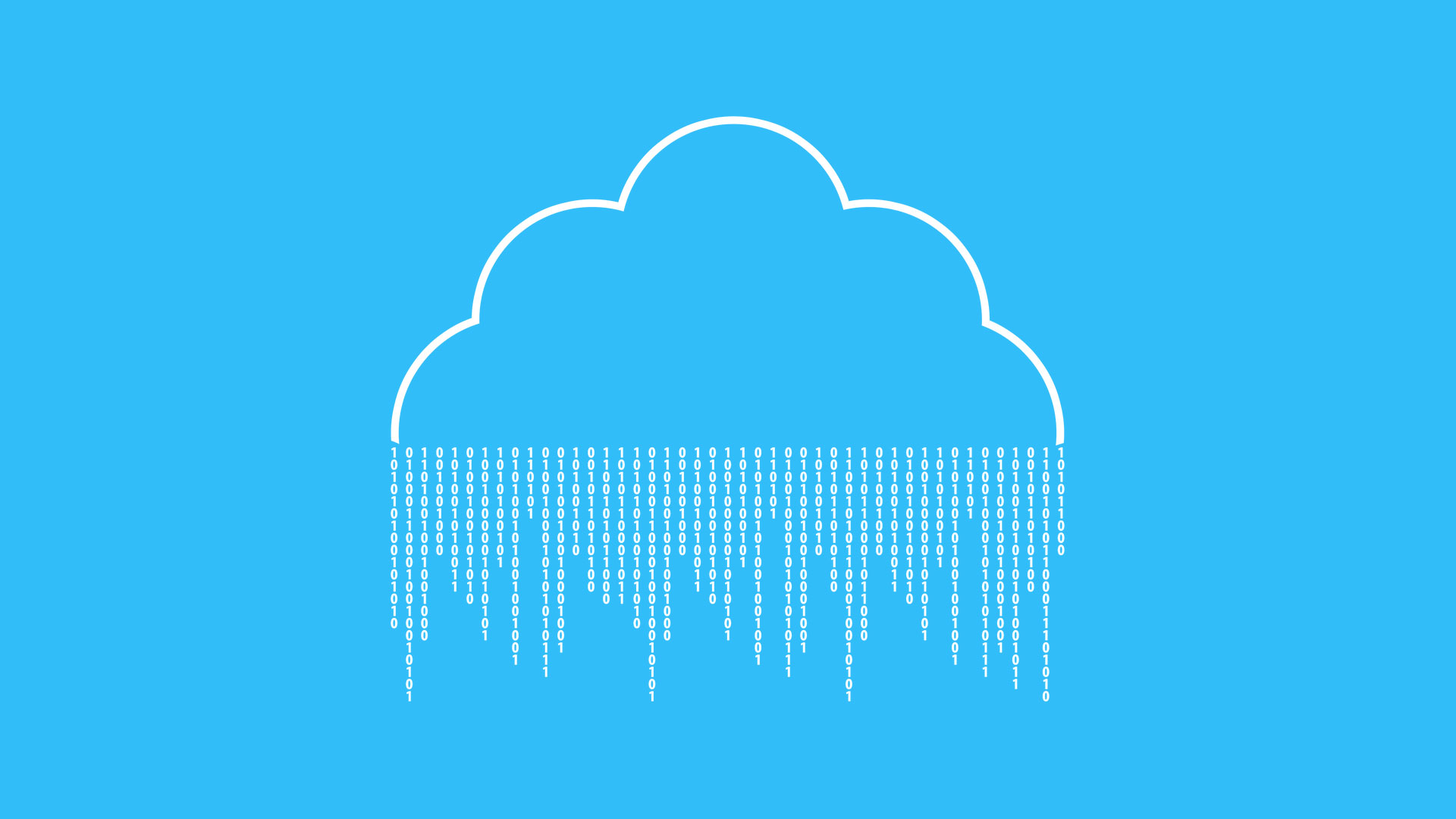Cloud computing has enjoyed a huge rise in profile and use in recent years and whilst the technology has been around for some time, many people assume that it’s new because of the terminology.
However, cloud computing is a blanket term that is nothing more than a buzzword really and for the past couple of years even technology experts have struggled to come up with a proper definition for it. There’s really no mystery to cloud though and it really just describes services that are often offered through a third-party vendor and hosted away from the business premises in a secure data centre.
Cloud encompasses a range of these services, from web hosting right up to having an entire IT infrastructure hosted ‘in the cloud’. The accompanying jargon is really what makes cloud confusing for most people, especially since so many services can be described as a part of the technology.
Yahoo! Gmail, Hotmail
All of the above are a part of cloud services known as Software-as-a-Service (SaaS) and as you can see, have been around for a much longer time than you might think a cloud service has. However, all it’s really describing in this and most cases is that it’s not a service that is hosted at the office.
There are plenty of other cloud-based services and SaaS is the most popularly used one. However, it’s not just for email, think Office 365 and Google Docs for further examples of using software in the cloud.
Other cloud terminology includes:
- Platform-as-a-Service – PaaS
- Infrastructure-as-a-Service – IaaS
These three services are what make up the cloud and in coming weeks we’ll be giving you an overview of the meaning of each term, an idea of how it works, what it’s for and the benefits of each.
SaaS rules the roost
Currently, SaaS is used by far more businesses than any other cloud service and this is due to the ease of use and often, the financial benefits, it can offer. For large corporations, deploying their IT or software to the cloud can take months, if not years, to complete.
For smaller businesses, this is a much easier process, as many don’t have to deal with complex compliance rules surrounding their data. SMEs can benefit from the cloud substantially too, so it’s worth looking into before going out and kitting out an office with the latest machines and software, as cloud can reduce capital expenditure.
Public and private
Just to further confuse the issue, cloud can also be defined by three further categories:
- Public
- Private
- Hybrid
A public cloud is one that is shared with other users, a private one in which just one company’s data, software etc. is stored, and hybrid is where a mixture of cloud and on-site infrastructures are used.
Whilst private cloud is ostensibly the most secure, there really isn’t a great deal of difference when it comes to security, unless you’re looking at it from an on-site perspective. One of the main barriers when it comes to cloud has been security, with many companies worried that their data may be easier to compromise in the cloud.
This isn’t the case though and it’s safe to say that for many businesses, cloud is a much more secure solution than on-site. This is because data centres which serve cloud services tend to be much more secure than offices, where data tends not to be backed up so often, human error occurs frequently and there is no disaster recovery plan.
Data centres tend to have:
- Physically manned security 24/7
- Hardware firewalls which are more sophisticated than those found in the average office
- Security software
- Automated backup and recovery
- Disaster recovery plans to deal with everything from an earthquake to failed hardware
Because these data centres also have clusters of physical servers on the network, it’s a simple matter to route hosted services to another server in the event of a hardware failure. Often, this means that a business would not even notice that part of their IT infrastructure has gone down and most data centres confirm this by offering 99.99% uptime.
Location, location, location
The US Prism scandal has brought to the fore the differences in privacy laws in different countries and this is one reason for ensuring that a data centre is located in the same locale as the business. This is good news for Europe’s cloud industry, as the US dominance in the industry has been harmed by PRISM, with businesses preferring to stay within their own countries or nearby.
However, it’s still worth bearing in mind that some of the biggest players in the industry are US-based, such as Amazon and Google, to name a couple.
Again, security is really something that shouldn’t be given too much weight, as cloud is still more secure than most office premises.
The bottom line
Is that cloud has levelled the playing field when it comes to the opportunities in technologies that can be enjoyed by large organisations and SMEs. Traditionally, the latter has been somewhat priced out of IT to some extent, as building an entire IT infrastructure and purchasing software has been an expensive business.
Cloud services tend to be a pay-monthly basis and as everything can also be stored in the cloud, there’s no need to invest in expensive servers, high-end machines, network cabling and so on. This means that smaller businesses can afford to use everything that modern technology has to offer without having to pay out the cost of a mortgage up front. It’s worth noting at this point though that some applications are too intensive for cloud deployment, such as CAD software, and may require infrastructure or local installation.
Next time, we’ll be looking at what services are covered by SaaS and why these are useful to businesses of all sizes.









